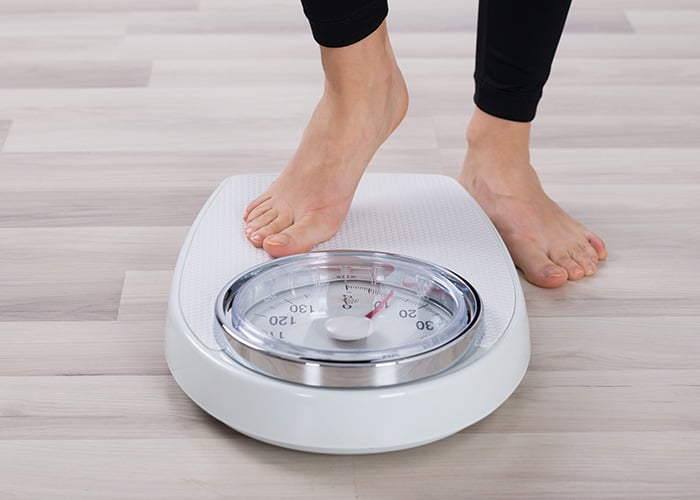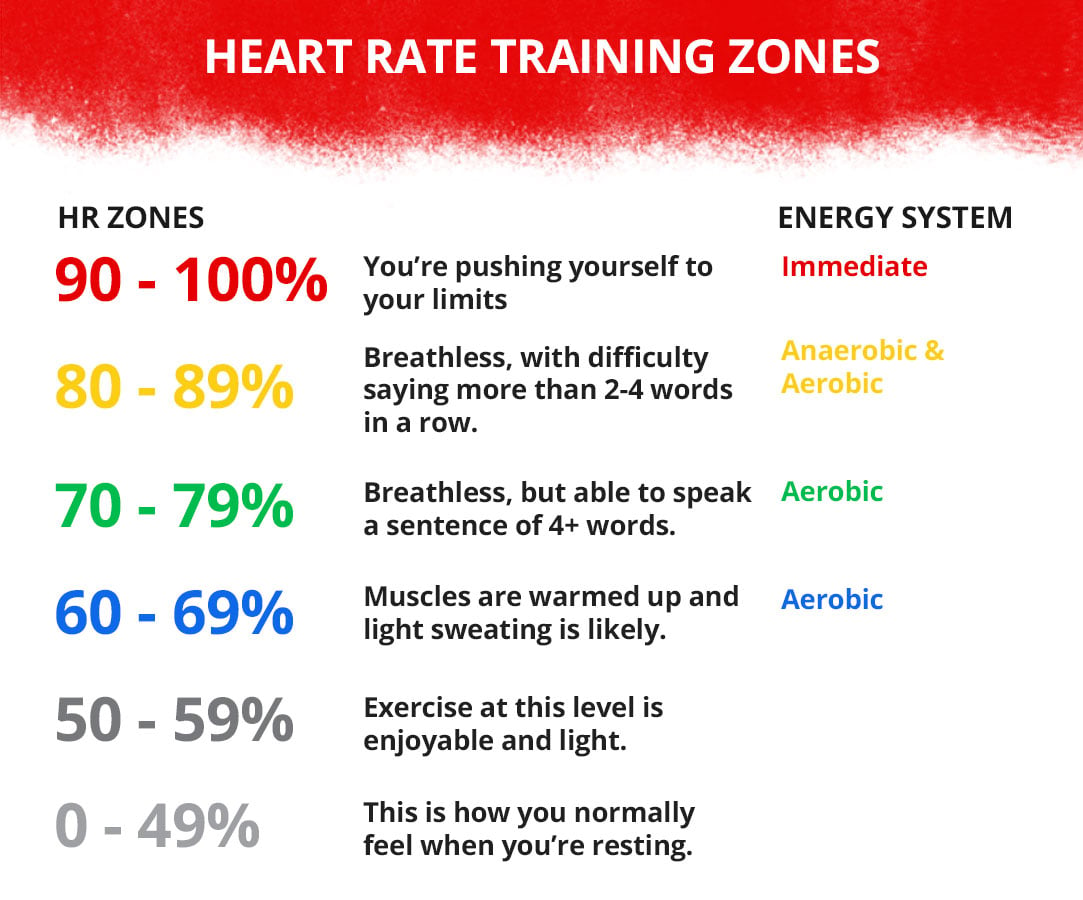Why track caloric expenditure?
So often we see advertisements claiming that participants in a certain fitness program can burn over 1,000 calories in an hour. If that sounds unbelievable, it’s probably because, for most people, it is! The number of calories that we burn during physical activity is determined by many factors–age, weight, gender, fitness level, and body composition to name a few.

Many of us want to know the caloric expenditure of our workouts so that we can have a better idea of our energy balance. Energy balance (roughly explained) is the relationship between calories in (via food and beverage) versus calories out (via daily metabolic processes and purposeful activity). We are in a positive energy balance when we are consuming more calories than we are expending. Conversely, we are in a negative energy balance when we are expending more calories than we are consuming. Finally, we are in a neutral energy balance when we are expending and consuming the same number of calories.
You need to know your resting metabolic rate (RMR) in order to know how many additional calories you would need to burn through purposeful activity to obtain the appropriate energy balance to match your goals. In theory, if your goal is to lose weight, you would want to strive to be in a negative energy balance (expending more calories than consuming). If your goal is to maintain weight, you would want to strive to expend the same number of calories you were consuming.
Although the energy balance equation is not a perfect equation in determining weight loss, weight management, or fitness levels (there are many other factors involved–like sleep and stress), it is a helpful guidepost as we plan our fitness and nutrition routines.

When planning your caloric expenditure through purposeful fitness activities, use the following guidelines:
The American Heart Association (AHA) and the American College of Sports Medicine (ACSM) recommend a minimum caloric expenditure of 1,000 calories per week for healthy living. However, for most adults, a larger caloric expenditure (between 2,000 – 3,500 calories per week) results in greater health and fitness benefits. Further, a caloric expenditure of greater than 2,000 calories per week may be necessary for promoting and sustaining weight loss if those are your goals. Use the MYZONE App to track your average and total caloric expenditure during the week based on your goals.

Just as you use the MYZONE App to track your caloric expenditure, you can use it to track your caloric intake by taking pictures of your meals and snacks and entering them into a nutrition app to get an estimate of the calories you are consuming. Then, you can roughly monitor your energy balance – calories in versus calories out. You can constantly adjust your consumption and expenditure to better align with your goals.
As you plan your nutrition to match your health and fitness goals, we invite you to keep the following paradigm in mind: Food is Fuel - we eat so that we can live and exercise, we don’t exercise so that we can eat. Fuel well friends and enjoy your next move! Be sure to post your moves to Facebook, Instagram and Twitter using the hashtags: #myzonemoves and #effortrewarded. Keep moving forward!
Share this
You May Also Like
These Related Stories

Why use heart rate to measure caloric expenditure?

Playing the Game: Finding the Right F.I.T.T.



